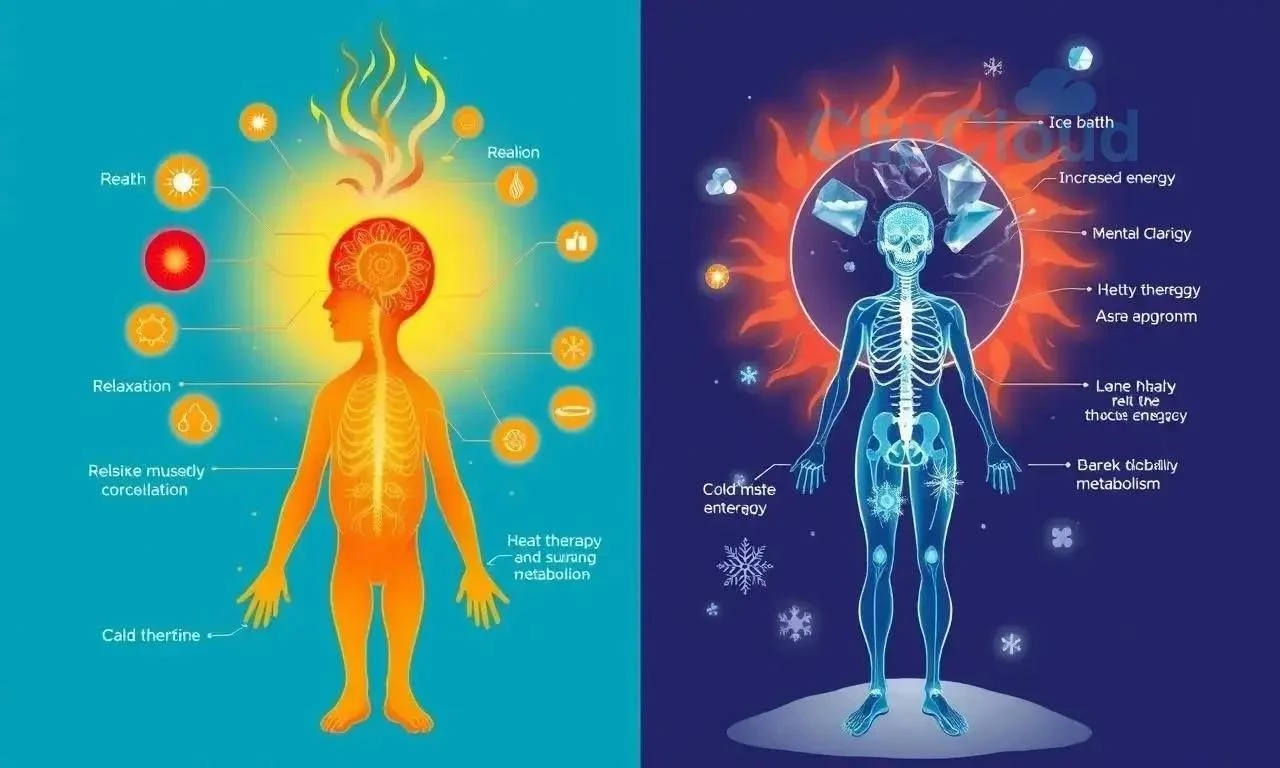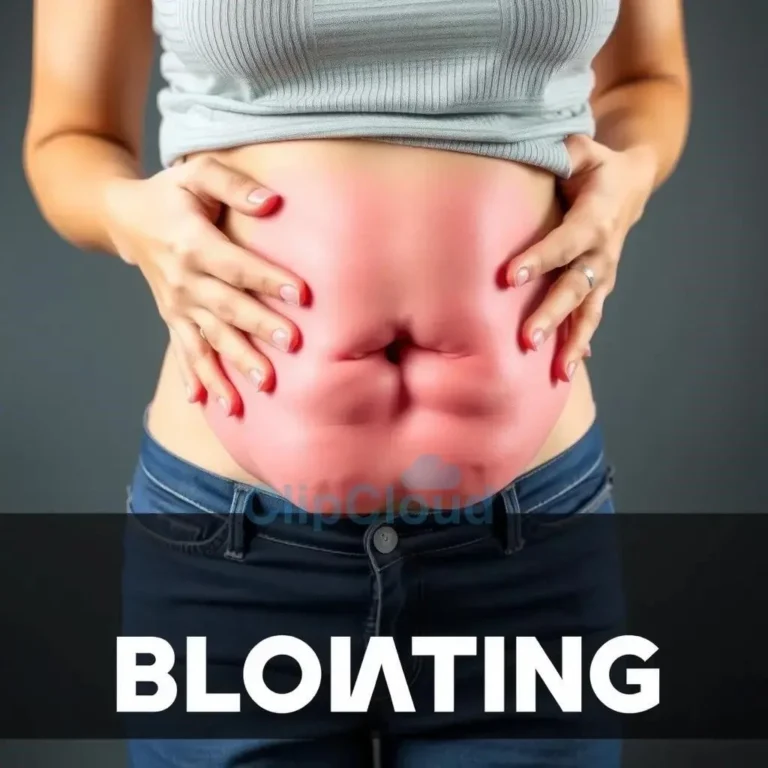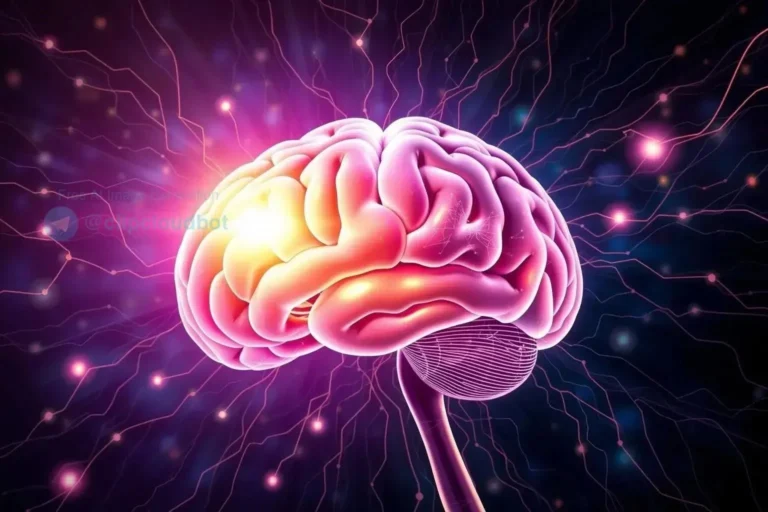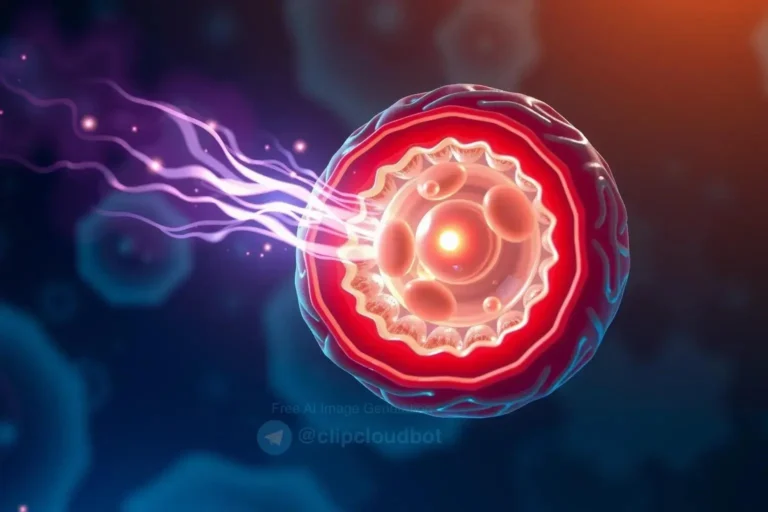The Power of Temperature Therapy for Health and Wellness
Temperature therapy encompasses a range of practices‚ from icy plunges to soothing saunas‚ all aimed at optimizing health and well-being. These therapies leverage the body’s natural responses to temperature variations‚ offering potential benefits for physical recovery‚ mental clarity‚ and metabolic function. Exploring these diverse approaches can unlock a powerful pathway to improved health and vitality.
Cold Plunge Benefits for Recovery and Mood
Immersing yourself in cold water‚ whether it’s an ice bath‚ a cold shower‚ or a natural body of water‚ might seem daunting at first‚ but the practice of cold plunging offers a surprising array of benefits for both physical recovery and mental well-being. Athletes have long utilized cold plunges to soothe sore muscles and reduce inflammation after intense training. The sudden drop in temperature constricts blood vessels‚ reducing blood flow to the affected area. This vasoconstriction can help minimize swelling and tissue breakdown‚ promoting faster healing and recovery.
Beyond the physical benefits‚ cold plunges can have a profound impact on mood and mental clarity. The shock of the cold water triggers a release of endorphins‚ natural mood boosters that can leave you feeling invigorated and energized. Regular cold plunges have been linked to reduced symptoms of anxiety and depression‚ potentially by influencing the release of neurotransmitters like norepinephrine. The initial shock of the cold can also activate the sympathetic nervous system‚ leading to a heightened state of alertness and focus.
Furthermore‚ cold plunges can improve circulation and boost the lymphatic system. The lymphatic system plays a crucial role in removing waste and toxins from the body. Cold exposure can stimulate lymphatic drainage‚ helping to rid the body of metabolic byproducts and bolstering the immune system. This improved circulation can also contribute to healthier skin and a more vibrant complexion.
Adapting to regular cold plunges can also build resilience to stress. The controlled exposure to cold acts as a form of hormesis‚ a biological phenomenon where exposure to a mild stressor strengthens the body’s ability to handle future stressors. This can translate to improved stress management and a greater ability to cope with challenges in daily life. While the initial plunge might be challenging‚ the invigorating aftereffects and long-term benefits make cold plunging a worthwhile practice for enhancing both physical and mental well-being.
Heat Therapy and Sauna Use for Enhanced Recovery and Health
The practice of using heat for therapeutic purposes dates back centuries‚ and modern science continues to uncover the compelling benefits of heat therapy‚ particularly sauna use‚ for enhancing recovery and promoting overall health. Saunas‚ whether traditional Finnish saunas or infrared saunas‚ provide a controlled environment of dry or moist heat that induces profound physiological responses within the body; These responses can contribute to muscle relaxation‚ improved cardiovascular health‚ and detoxification.
One of the primary benefits of sauna use is its ability to promote muscle relaxation and recovery. The heat penetrates deep into muscle tissues‚ increasing blood flow and delivering oxygen and nutrients essential for repair. This increased blood flow can also help flush out metabolic waste products that accumulate during exercise‚ reducing muscle soreness and stiffness. Athletes often utilize saunas as part of their recovery routines to alleviate muscle fatigue and improve performance.
Beyond muscle recovery‚ regular sauna use has been linked to improved cardiovascular health. The heat exposure mimics the physiological effects of moderate exercise‚ increasing heart rate and blood flow. This can strengthen the cardiovascular system‚ improve circulation‚ and lower blood pressure. Studies have also shown a correlation between regular sauna use and a reduced risk of cardiovascular disease‚ including stroke and heart attack.
Saunas also promote detoxification through sweating. Sweating is a natural mechanism for eliminating toxins and impurities from the body. The intense heat of a sauna encourages profuse sweating‚ helping to rid the body of heavy metals‚ pollutants‚ and other harmful substances. This detoxification process can contribute to clearer skin‚ improved energy levels‚ and a greater sense of well-being. Incorporating regular sauna sessions into a healthy lifestyle can offer a range of benefits‚ from enhanced recovery to improved cardiovascular health and detoxification.
Thermogenesis and Metabolic Boosting through Temperature Fluctuations
Our bodies are constantly working to maintain a stable internal temperature‚ a process known as thermoregulation. Exposing the body to temperature fluctuations‚ through practices like cold plunges and sauna sessions‚ can stimulate thermogenesis‚ the process of heat production within the body. This process can have a significant impact on metabolic rate and overall energy expenditure‚ offering potential benefits for weight management and metabolic health.
When exposed to cold temperatures‚ the body works harder to generate heat to maintain its core temperature. This increased metabolic activity burns calories and can lead to a temporary boost in metabolism. Brown adipose tissue‚ or brown fat‚ plays a key role in this process. Brown fat is a specialized type of fat that is activated by cold exposure and generates heat‚ contributing to increased energy expenditure. Regular cold exposure can increase the activity and amount of brown fat in the body‚ further enhancing metabolic benefits.
Similarly‚ heat exposure through sauna use can also stimulate metabolic processes. The increased heart rate and blood flow associated with sauna sessions require energy and contribute to calorie burning. While the metabolic boost from sauna use may not be as significant as that from cold exposure‚ it can still contribute to overall energy expenditure and support metabolic health. The combination of both hot and cold therapies can create a synergistic effect‚ maximizing the benefits of thermogenesis.
Furthermore‚ temperature fluctuations can improve insulin sensitivity‚ a key factor in metabolic health. Insulin resistance is a condition in which the body’s cells become less responsive to insulin‚ leading to elevated blood sugar levels and an increased risk of type 2 diabetes. Both cold exposure and heat therapy have been shown to improve insulin sensitivity‚ potentially by influencing cellular signaling pathways involved in glucose metabolism. Incorporating regular temperature fluctuations into a healthy lifestyle can be a valuable strategy for boosting metabolism and supporting overall metabolic health.
Cryotherapy’s Impact on Mood and Mental Well-being
Cryotherapy‚ involving short exposures to extremely cold temperatures‚ typically using liquid nitrogen or refrigerated air‚ has gained attention for its potential benefits for both physical recovery and mental well-being. While similar in concept to cold plunges‚ cryotherapy involves much lower temperatures for shorter durations‚ typically between two and four minutes. This intense cold shock triggers a cascade of physiological responses that can influence mood‚ reduce inflammation‚ and potentially alleviate symptoms of certain mental health conditions.
One of the key benefits of cryotherapy for mental well-being is its potential to improve mood and reduce feelings of anxiety and depression. The extreme cold triggers the release of endorphins‚ natural mood boosters that can create a sense of euphoria and well-being. Furthermore‚ cryotherapy can reduce inflammation throughout the body‚ including in the brain. Chronic inflammation has been linked to various mental health disorders‚ and reducing inflammation may contribute to improved mood and cognitive function.
Cryotherapy has also shown promise in reducing symptoms of certain mental health conditions. Studies suggest that cryotherapy may be beneficial for individuals with anxiety disorders‚ potentially by influencing the activity of the sympathetic nervous system‚ which plays a role in the stress response. Research is also ongoing to explore the potential benefits of cryotherapy for individuals with depression and other mood disorders.
While the mechanisms underlying cryotherapy’s effects on mental well-being are still being investigated‚ the current evidence suggests that it may offer a valuable complementary therapy for individuals seeking to improve their mood and manage symptoms of certain mental health conditions. It is important to note that cryotherapy should be used under the guidance of a qualified healthcare professional‚ and further research is needed to fully understand its long-term effects and potential risks.
Cold Exposure and its Wide-Ranging Benefits
Regular exposure to cold‚ whether through cold showers‚ cold plunges‚ or even spending time outdoors in cooler temperatures‚ can offer a surprising array of benefits for physical and mental well-being. While the initial shock of cold might seem daunting‚ adapting to cold exposure can strengthen the body’s resilience‚ boost the immune system‚ and enhance overall health. From improved circulation to increased energy levels‚ the benefits of cold exposure extend far beyond simply acclimating to lower temperatures.
One of the key benefits of cold exposure is its ability to improve circulation. The cold constricts blood vessels‚ and subsequent rewarming dilates them‚ promoting blood flow throughout the body. This improved circulation can deliver oxygen and nutrients more efficiently to tissues and organs‚ supporting their optimal function. Enhanced circulation can also contribute to healthier skin and a more vibrant complexion.
Cold exposure can also boost the immune system. Regular exposure to cold has been shown to increase the number of white blood cells‚ which play a crucial role in fighting off infections and diseases. This immune-boosting effect may be attributed to the activation of the sympathetic nervous system and the release of hormones that stimulate immune cell production. Furthermore‚ cold exposure can reduce inflammation‚ which is implicated in various chronic diseases.
Beyond the physical benefits‚ cold exposure can also enhance mental resilience and improve mood. The initial shock of the cold can trigger the release of endorphins‚ natural mood boosters that can leave you feeling invigorated and energized. Regular cold exposure can also build resilience to stress‚ helping you better cope with challenges in daily life. Incorporating cold exposure into a healthy lifestyle can offer a wide range of benefits‚ from improved circulation and immune function to enhanced mood and stress resilience.
The Interplay of Heat and Cold for Optimal Health
While both heat and cold therapies offer distinct benefits‚ combining these modalities can create a synergistic effect‚ maximizing their impact on overall health and well-being. The interplay of heat and cold‚ often referred to as contrast therapy‚ leverages the body’s natural responses to temperature fluctuations‚ promoting circulation‚ reducing inflammation‚ and enhancing recovery. This dynamic approach to temperature therapy can unlock a deeper level of wellness and resilience.
Contrast therapy‚ typically involving alternating between hot and cold exposures‚ such as sauna sessions followed by cold plunges‚ creates a vascular pump effect. The heat dilates blood vessels‚ while the cold constricts them. This alternating dilation and constriction promotes robust blood flow throughout the body‚ delivering oxygen and nutrients to tissues and organs while flushing out metabolic waste products. This enhanced circulation can contribute to improved cardiovascular health‚ reduced muscle soreness‚ and faster recovery from exercise.
Furthermore‚ contrast therapy can significantly reduce inflammation. Heat therapy promotes blood flow to the affected area‚ delivering immune cells and nutrients essential for healing. Cold therapy‚ on the other hand‚ constricts blood vessels‚ reducing swelling and inflammation. The combination of these two modalities can effectively manage both acute and chronic inflammation‚ contributing to pain relief and improved tissue repair.
Beyond the physical benefits‚ contrast therapy can also enhance mental clarity and resilience. The alternating hot and cold exposures stimulate the nervous system‚ promoting a sense of invigoration and alertness. This can improve focus‚ boost energy levels‚ and enhance overall cognitive function. Incorporating contrast therapy into a healthy lifestyle can offer a powerful approach to optimizing both physical and mental well-being‚ leveraging the synergistic interplay of heat and cold for optimal health.






